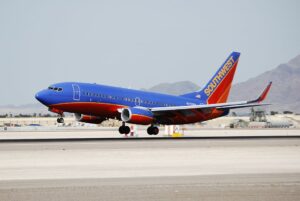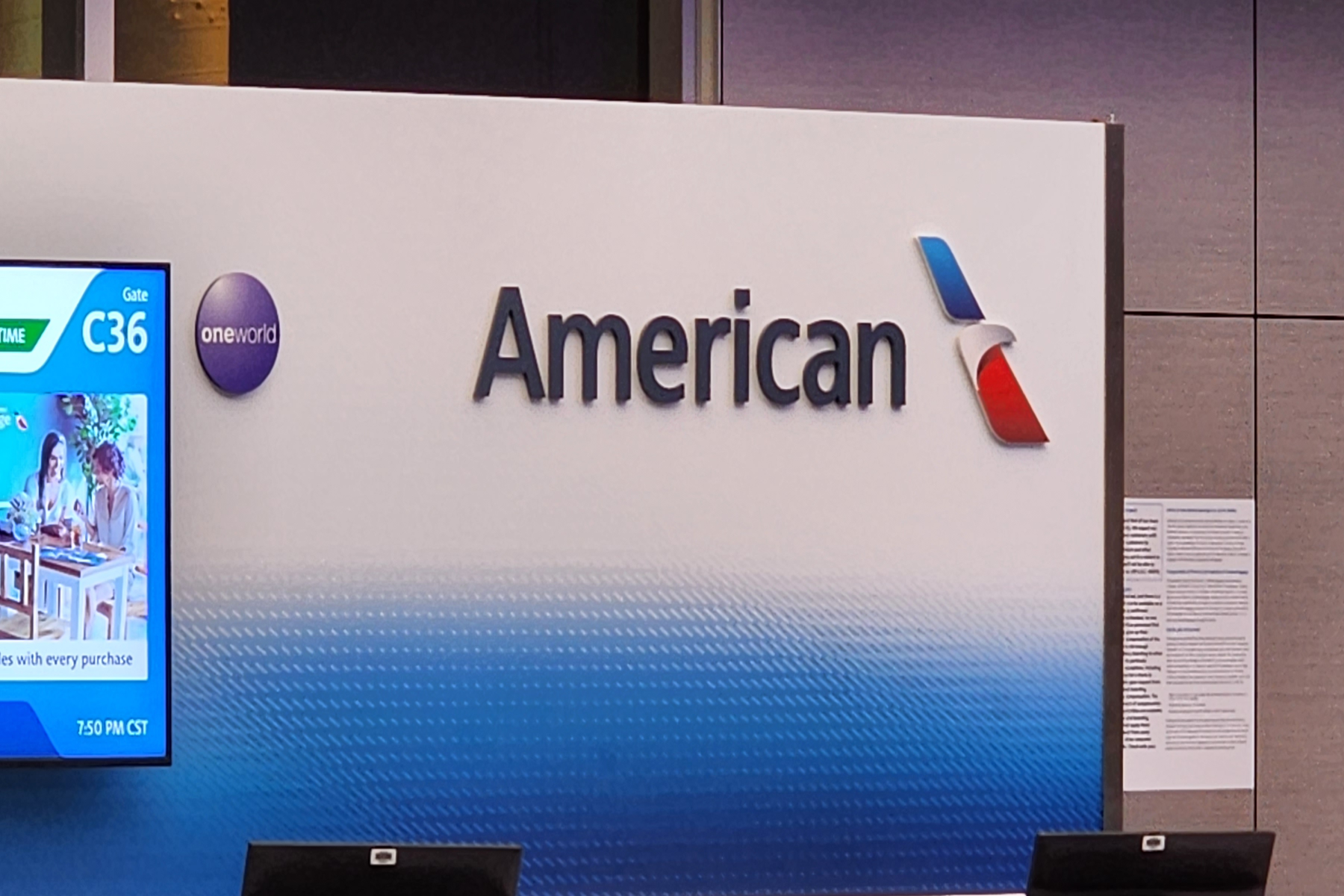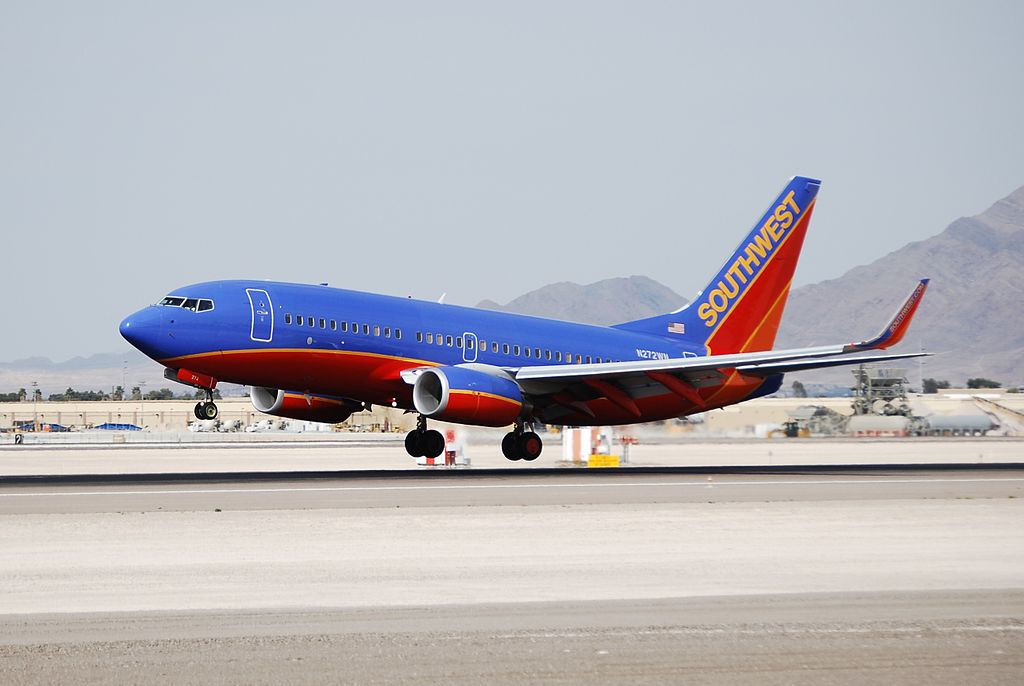DietDetective Ranks the Best and Worst Airline Food

Airline food isn’t noted for being especially healthy, but DietDetective.com has revealed its annual list of the offerings proffered by 11 North American carriers. Taking into account calorie count and nutrition information, Alaska Airlines took the top spot while Frontier was shamed for its menu.
Airline food isn’t necessarily noted for being healthy, but for those eager to keep an eye on their calories, one man has offered up his analysis of the year’s most virtuous in-flight offerings while naming and shaming those whose meals aren’t quite up to scratch.
Charles Platkin, Ph. D., who serves as both the editor of DietDetective.com and the executive director of the Hunter College NYC Food Policy Center, has unveiled the results of the website’s Airline Food Investigation 2018-19, which analyzes the meals of 11 different North American carriers.
Explaining its methodology in a statement, DietDetective said, “The study assigned a “Health Score” (5 stars = highest rate, 0 star = lowest) based on eleven criteria including health and calorie levels of meals, snack boxes and individual snacks, level of transparency (display nutrient information & ingredients), improvement and maintenance of healthy offerings, menu innovation, food and water safety and cooperation in providing this information. The survey includes health ratings, average calories per airline, comments, best bets, food offerings, costs, nutrition information (e.g., calories and exercise equivalents.)”
Rated according to these metrics, Alaska Airlines took the top spot, followed by Delta Air Lines and JetBlue.
At the lower end of the scale, Frontier Airlines was called out for its poor offerings, with DietDetective advising, “As with last year, the trail mix could be the healthiest option, but travelers would be best off bringing their own food.”
The results also noted that, over time, the average number of calories present in in-flight meals has been dropping. Back in 2016, this figure was 392, in 2017, the figure was 405 and, for 2018, it is 373.
The full results of this year’s analysis can be viewed here.
[Photo: Shutterstock]
























